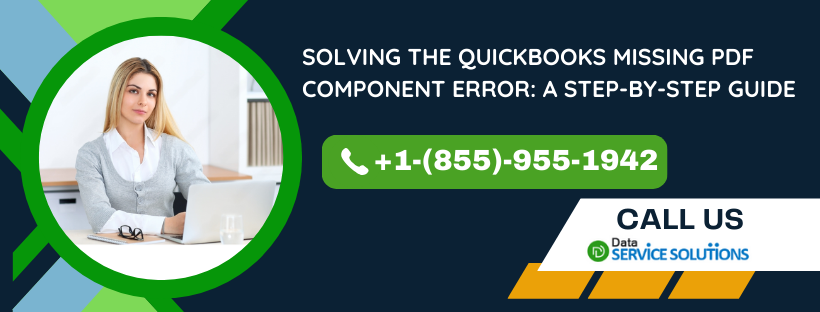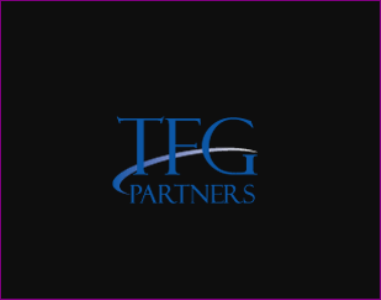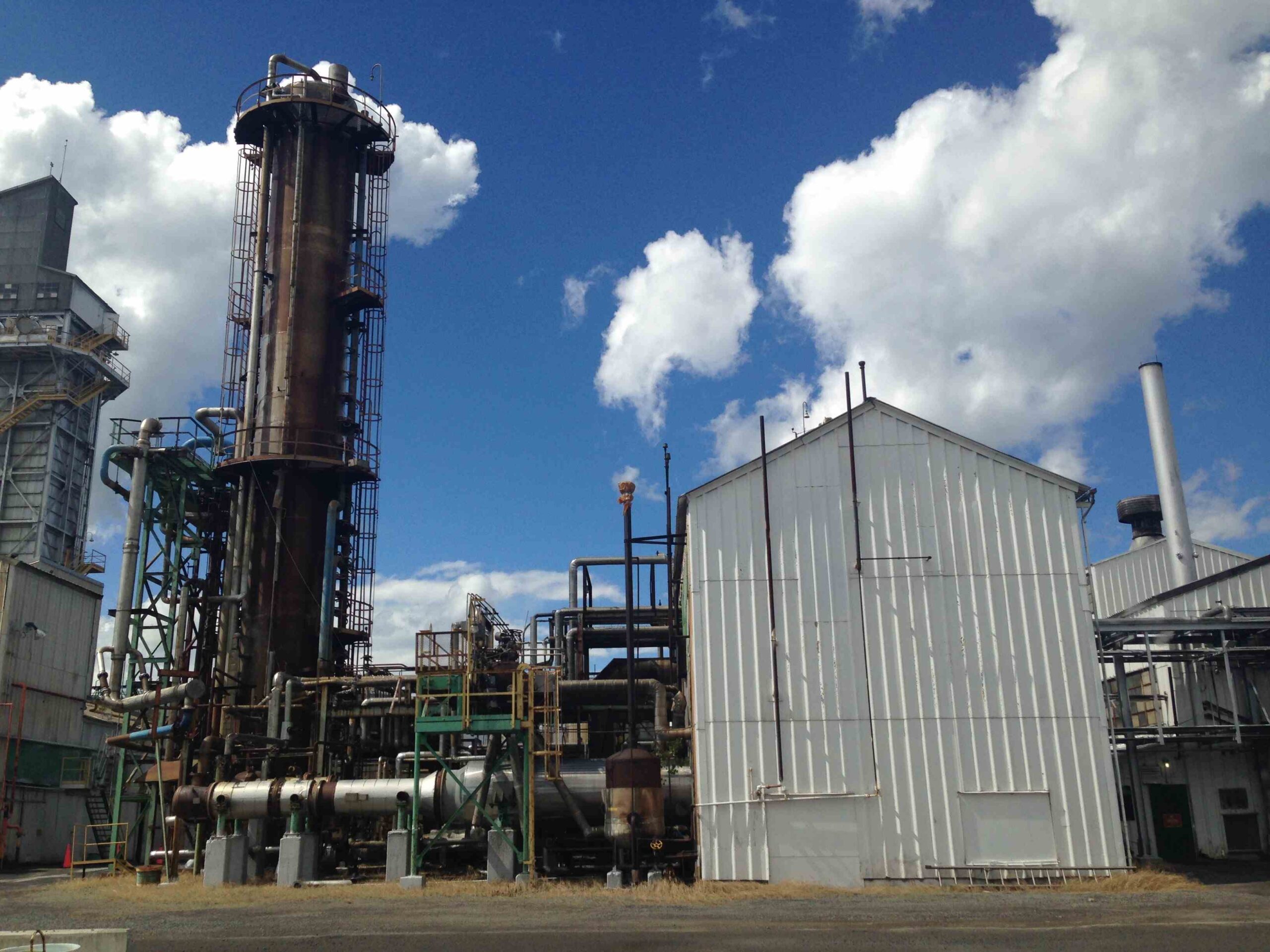Welcome to our comprehensive blog post on asset insurance tips tailored to small businesses. As a dedicated small business owner, you understand the paramount significance of safeguarding your assets.
Whether it pertains to the physical property that houses your operations, essential equipment, valuable inventory, or even the intangible yet invaluable asset of your business’s reputation, securing the appropriate insurance for business assets is a crucial cornerstone of your strategy.
It offers you peace of mind and serves as an unwavering bulwark to protect your business’s promising future.
This extensive blog post will delve deep into the diverse array of insurance coverage options thoughtfully curated for small businesses. We shall provide you with an array of insightful tips and guidance, facilitating your journey in selecting the most fitting coverage to address your business’s unique needs and aspirations.
Understand Your Business Assets
Before diving into the world of insurance, it’s essential to have a clear understanding of what qualifies as business assets. In simple terms, business assets are anything that holds value and contributes to the operation and growth of your business. This can include tangible assets such as buildings, equipment, furniture, and inventory and intangible assets like intellectual property, patents, trademarks, and customer lists.
Small businesses often possess a variety of assets, each with its own unique value and risk factors. By identifying and categorising your assets, you can gain a better understanding of the types of insurance coverage you may need to protect them adequately.
Assessing Your Insurance Needs
Assessing your insurance needs is a critical step in the process of safeguarding your business assets effectively. Now that you have gained a clear and comprehensive understanding of the diverse array of assets that your business relies on, it is imperative to delve deeper and thoroughly evaluate your specific insurance requirements.
These needs can significantly vary based on several pivotal factors, including the nature and value of your assets, the industry in which your business operates, and the inherent risks associated with your daily activities.
To embark on this evaluation journey, it’s essential to consider the following key factors:
- Asset Value: To accurately gauge your insurance for business assets needs, begin by determining the replacement cost or market value of each of your business assets. This meticulous assessment will serve as the cornerstone for determining the precise amount of coverage required to protect these valuable resources effectively.
- Risk Assessment: A thorough risk assessment is the bedrock of a well-informed insurance strategy. Each asset within your business may be susceptible to a unique set of risks and hazards. For instance, if you operate a restaurant, you may encounter a higher risk of fire outbreaks or food contamination. Conversely, if you run a retail store, your primary concerns may revolve around the potential for theft or customer injuries. By meticulously assessing these risks, you can tailor your insurance coverage to address your specific vulnerabilities.
- Legal Requirements: Different industries and geographic locations may impose specific legal requirements about insurance coverage. It’s essential to conduct comprehensive research to understand any obligations that pertain to your particular industry or location. For instance, industries such as construction or healthcare often have stringent insurance mandates that must be adhered to. Ensuring compliance with these legal requirements not only helps you avoid potential legal issues but also provides an additional layer of protection for your business.
By rigorously evaluating your insurance for business assets needs through the lens of these critical factors, you can rest assured that your coverage is not only comprehensive but also precisely tailored to shield your assets and mitigate the potential risks that your business may encounter.
Types of Asset Insurance Coverage
A. Property Insurance
Property insurance is one of the most common types of asset insurance coverage for small businesses. Property insurance protects your physical assets, including buildings, equipment, and inventory, against risks such as fire, theft, vandalism, or natural disasters.
When choosing property insurance coverage, consider the following key considerations:
- Coverage Limits: Ensure that the coverage limits are sufficient to cover the full replacement or market value of your assets.
- Named Perils vs. All-Risk: Understand the difference between named perils and all-risk policies. Named perils policies only cover specific risks listed in the policy, while all-risk policies provide broader coverage for any risks not explicitly excluded.
- Deductibles: Consider the deductible amount you are willing to pay out of pocket before the insurance coverage kicks in. Higher deductibles often result in lower premiums but may require more financial burden in case of a claim.
B. Liability Insurance
Liability insurance is another crucial coverage for small businesses. It protects your business from legal claims related to injury or damage caused by your business assets. Whether it’s a customer slipping and falling in your store, a product defect causing harm, or a copyright infringement claim, liability insurance can provide financial protection and cover legal expenses.
Common types of liability insurance coverage options include:
- General Liability Insurance: This coverage protects your business from third-party claims for bodily injury, property damage, and personal injury.
- Product Liability Insurance: If your business manufactures or sells products, product liability insurance can protect you from claims arising from defective products causing harm to consumers.
- Professional Liability Insurance: Also known as errors and omissions insurance, professional liability insurance covers claims of negligence or errors in professional services provided by your business, such as consulting or advice.
- Cyber Liability Insurance: In today’s digital age, cyber liability insurance is essential to protect your business from data breaches, cyber-attacks, and the associated costs of notifying affected customers, recovering compromised data, and legal expenses.
When choosing liability insurance for business assets, consider your business’s specific risks and consult with an insurance provider to ensure you have adequate coverage.
C. Business Interruption Insurance
In addition to property and liability insurance, small businesses should also consider business interruption insurance. This coverage compensates for lost income when your business operations are interrupted due to asset-related incidents such as fire, natural disasters, or equipment breakdown.
Business interruption insurance can help cover ongoing expenses like rent, utilities, payroll, and other financial obligations even when your business is temporarily unable to operate. It is important to carefully review the policy terms and coverage limits to ensure they align with your business’s specific needs.
Choosing the Right Insurance Provider
Now that you understand the different types of asset insurance coverage, it’s time to choose the right insurance provider. Selecting a reputable insurance provider specialising in small business asset coverage is crucial to ensure you receive the best coverage and support.
Consider the following tips when choosing an insurance provider:
- 1. Research and Compare: Take the time to research and compare insurance for business assets Look for companies with experience in insuring businesses similar to yours and check online reviews and ratings from other small business owners.
- Seek Professional Recommendations: Consult with professionals in your industry, such as lawyers, accountants, or business associations, for recommendations on reputable insurance providers.
- Industry Associations: Consider joining industry associations or organisations that offer resources and guidance on insurance matters. They can often provide access to specialised insurance programs tailored to your industry’s unique needs.
Remember, choosing the right insurance provider is a long-term commitment, so take the time to make an informed decision.
Understanding Policy Terms and Conditions
Before signing up for any asset insurance coverage, it is crucial to read and understand the policy terms and conditions thoroughly. Policies can vary significantly in their coverage, exclusions, and limitations, so it’s important to know exactly what is covered and what is not.
Some common exclusions or limitations to be aware of include:
- Wear and Tear: Insurance policies typically do not cover damage resulting from normal wear and tear or lack of maintenance.
- Acts of God: Certain events, such as earthquakes or floods, may require separate coverage or have specific limits in your policy. Make sure you understand the extent of coverage for natural disasters.
- Terrorism Coverage: In some regions, terrorism coverage may be excluded from standard policies or require additional coverage.
By understanding the policy terms and conditions, you can avoid surprises and ensure you have the coverage you need when needed.
Cost Factors and Budgeting
When it comes to asset insurance, cost is an important consideration for small businesses. The cost of insurance coverage can vary based on several factors, including:
- Location: The geographic location of your business can influence the cost of insurance. Areas prone to natural disasters or higher crime rates may have higher premiums.
- Industry: Certain industries, such as construction or healthcare, may have higher insurance costs due to their inherent risks.
- Claims History: Your business’s claims history can impact your insurance premiums. Maintaining a good claims record can help keep your costs down.
- Deductibles: The deductible amount you choose can affect your premiums. Higher deductibles often result in lower premiums, but it’s important to balance the savings with your ability to pay the deductible in case of a claim.
To budget for insurance expenses, consider the following tips:
- Obtain Multiple Quotes: Request quotes from different insurance providers to compare costs and coverage options.
- Consider Bundling: Some insurance for business assets providers offer discounts for bundling multiple types of coverage, such as property and liability insurance.
- Risk Management: Implement risk management strategies, such as preventive measures, security systems, and maintenance practices, to minimise risks and potentially lower insurance costs.
By understanding the cost factors and budgeting for insurance expenses, you can make informed decisions that align with your business’s financial capabilities.
Risk Management Strategies
While insurance is essential for protecting your assets, implementing risk management strategies can help minimise the likelihood of asset-related incidents. By proactively addressing potential risks, you can reduce the frequency and severity of insurance claims, ultimately leading to lower premiums.
Consider the following risk management strategies:
- Preventive Measures: Implement measures to prevent accidents or damage to your assets. This can include regular maintenance, employee safety training, and implementing safety protocols.
- Security Systems: Invest in security systems such as surveillance cameras, alarm systems, and access control to deter theft or vandalism.
- Disaster Preparedness: Develop a comprehensive disaster preparedness plan that includes protocols for natural disasters, fire safety, and evacuation procedures.
- Employee Training: Train employees on proper handling and maintenance of equipment to minimise the risk of accidents or damage.
By implementing these risk management strategies, you can create a safer work environment and reduce the likelihood of asset-related incidents.
Reviewing and Updating Coverage Regularly
Insurance needs can change as your business grows and evolves. It’s crucial to regularly review and update your asset insurance coverage to ensure it aligns with your business’s current needs and asset values.
Consider the following situations that may warrant a review of your coverage:
- Business Expansion: If you’re expanding your business, acquiring new assets, or opening additional locations, your insurance needs may change. Consult with your insurance provider to update your coverage accordingly.
- Asset Upgrades: If you invest in new equipment, technology upgrades, or other assets, you may need to adjust your coverage limits to reflect their increased value.
- Changes in Industry Regulations: Keep abreast of any changes in industry regulations or legal requirements that may impact your insurance coverage obligations.
- Annual Policy Review: Schedule an annual policy review with your insurance provider to evaluate your coverage, discuss any changes in your business, and ensure you have the most suitable coverage available.
Regularly reviewing and updating your asset insurance coverage ensures that your business is adequately protected and prepared for any potential risks.
Conclusion
In conclusion, insurance for business assets is a crucial aspect of protecting your small business’s future. By understanding your business assets, assessing your insurance needs, and choosing the right insurance coverage, you can safeguard your assets and mitigate potential risks. Remember to select a reputable insurance provider, thoroughly review policy terms and conditions, and budget for insurance expenses. Implement risk management strategies and regularly review and update your coverage to ensure it aligns with your business’s growth and changes. By prioritising asset insurance, you are taking an essential step towards securing your business’s future success.






